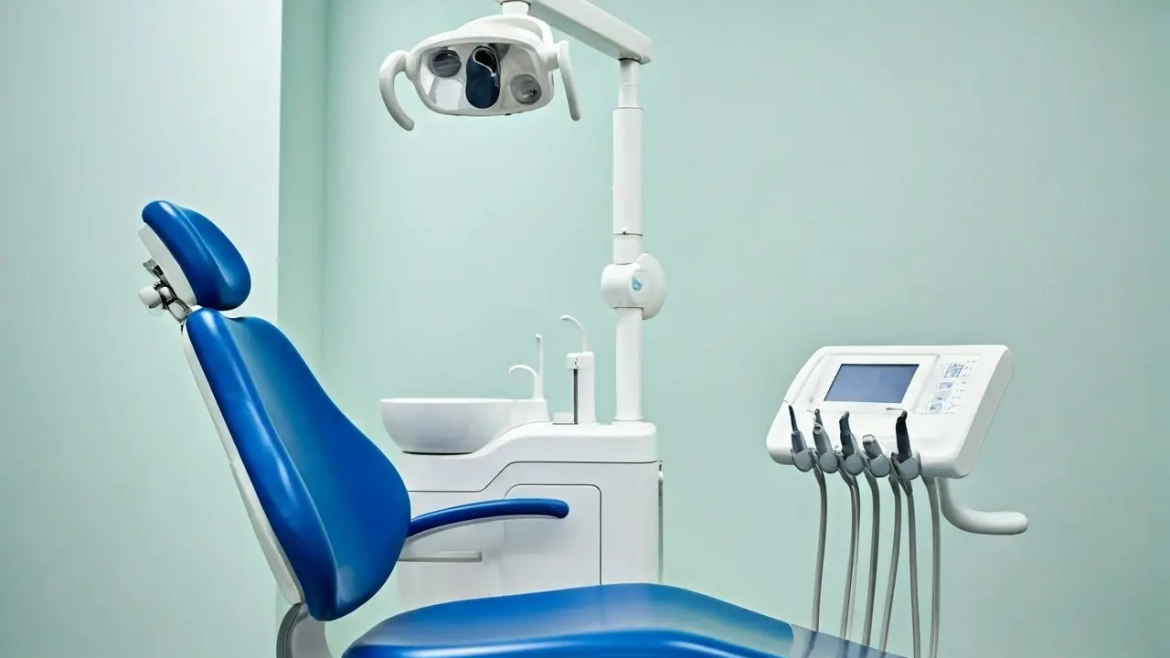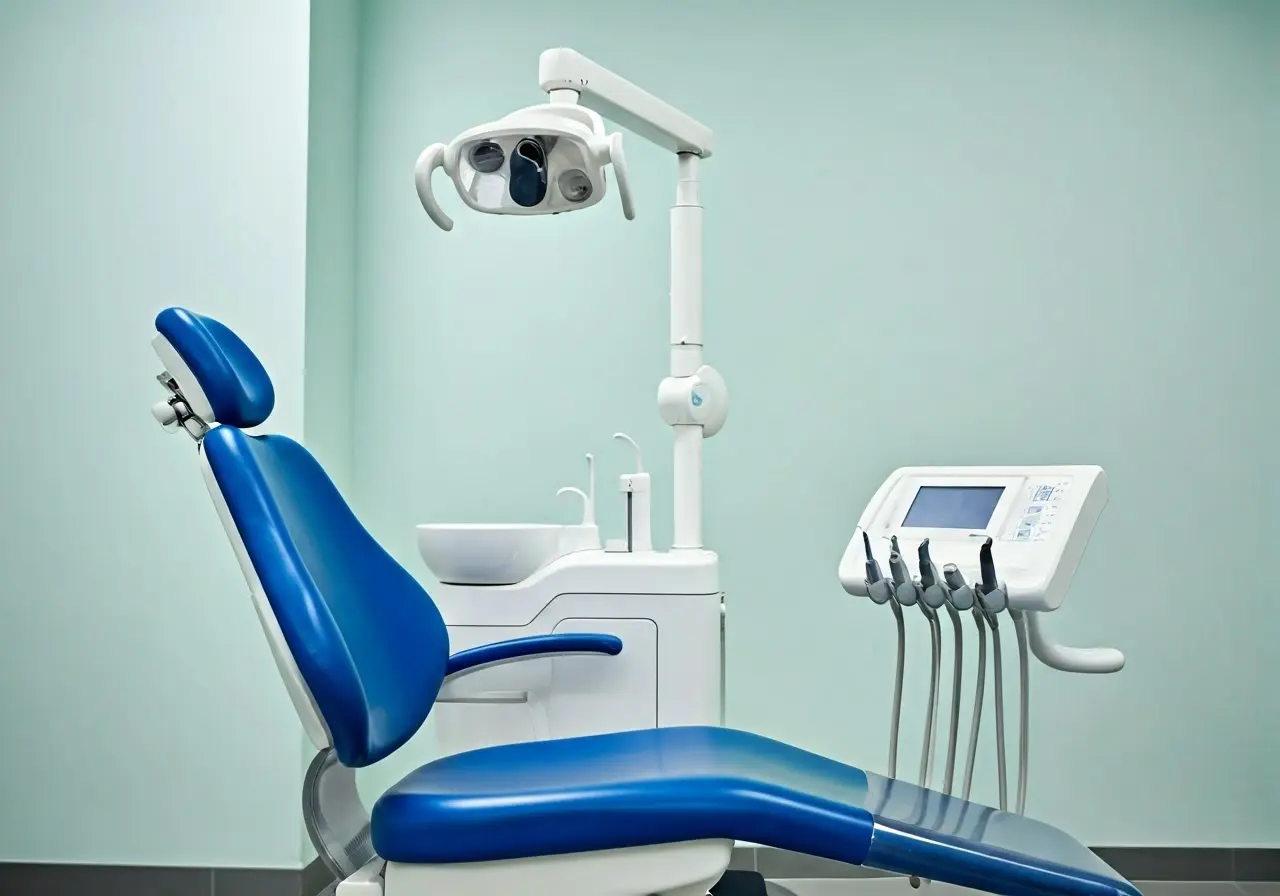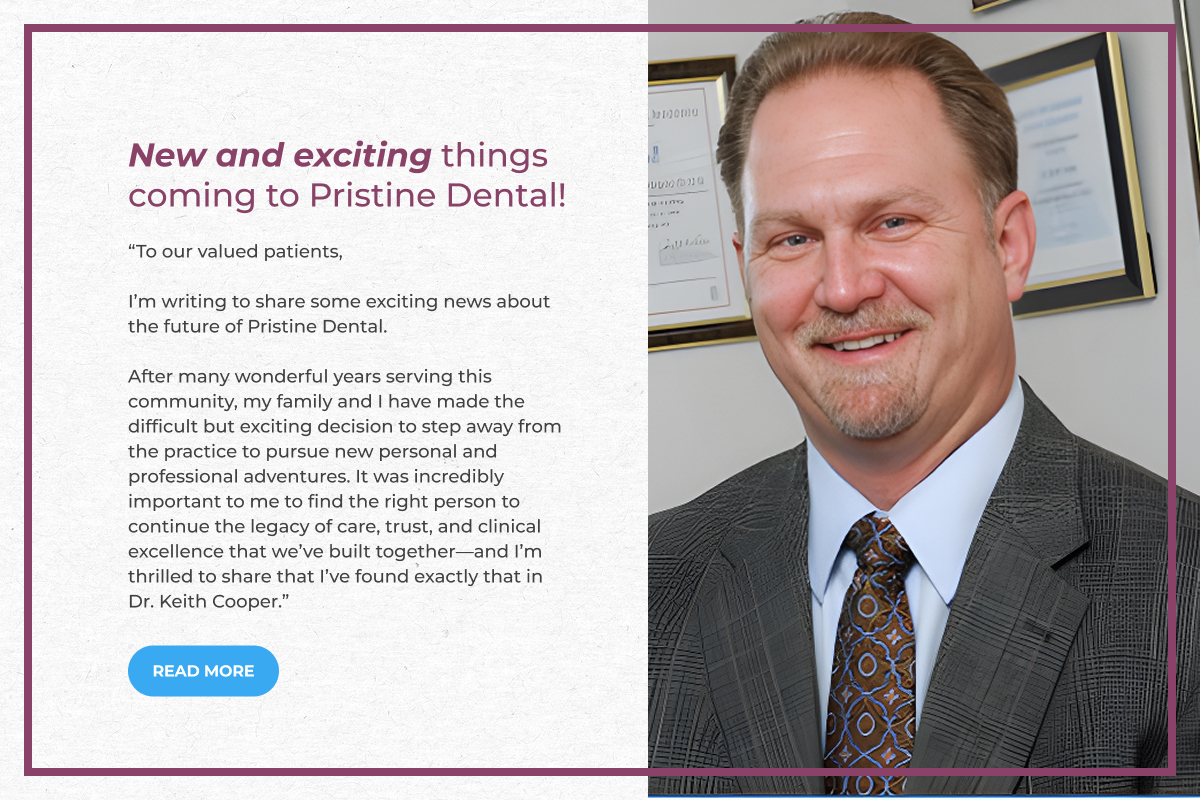Thinking about full mouth rehabilitation can be a little overwhelming, can’t it? But don’t worry, we’re here to break it down for you. Let’s dive into what full mouth rehabilitation is, who it’s for, and if it might be the right option for you.
Understanding Full Mouth Rehabilitation
Full mouth rehabilitation involves a comprehensive and individualized approach to restoring and enhancing oral health, function, and aesthetics. It often combines multiple dental procedures.
Imagine being able to chew properly again, or smiling confidently without worrying about the appearance of your teeth. That’s the transformation full mouth rehabilitation can bring. This process isn’t just about aesthetics; it’s about improving your quality of life. By addressing various dental issues concurrently, this approach ensures a holistic improvement in oral health.
The process may include treatments such as crowns, bridges, veneers, or implants. By integrating these different procedures, full mouth rehabilitation offers a path to comprehensive oral health restoration. The aim is not only to repair what is worn or damaged but to build a foundation for a healthier future.
Who Can Benefit from Full Mouth Rehabilitation?
Individuals with missing, damaged, or severely worn teeth, as well as those with jaw pain or bite issues, may find this approach beneficial. It’s essential for those needing extensive dental work to consider this option.
Full mouth rehabilitation is not exclusive to any specific age group. Whether young adults dealing with congenital issues or older adults facing age-related dental problems, many can reap the benefits of this comprehensive approach.
Patients with chronic pain stemming from dental issues can also find relief through this rehabilitative approach. When routine dental interventions are insufficient, full mouth rehabilitation can address complex issues, leading to enhanced oral functionality and comfort.
Assessing Your Personal Oral Health Needs
Take stock of your oral health needs. Are you experiencing discomfort, aesthetic concerns, or function issues with your teeth? A thorough examination can help pinpoint your primary needs.
Conducting a thorough self-assessment is a vital first step. Are there specific dental problems that bother you daily? Identifying these can help your dentist create a targeted treatment plan that addresses your unique concerns.
Consulting with a Dental Professional
Schedule a consultation with your dentist. They will perform a detailed evaluation, discuss your concerns, and outline potential treatments within a full mouth rehabilitation plan.
At Pristine Dental, we value our patients’ individual needs and tailor consultations to provide a personalized treatment plan that suits your lifestyle and expectations. This collaboration ensures we align with your vision for a healthier smile.
During your consultation, don’t hesitate to ask questions. Understanding the procedures, expected outcomes, and timeline can provide the reassurance needed to proceed with confidence.
Evaluating the Benefits and Costs
Weigh the pros and cons, including improvements in oral health, functionality, and appearance against the time, cost, and commitment required. This helps in making an informed decision.
An investment in full mouth rehabilitation is an investment in yourself. The potential improvements to your oral health and overall well-being can be invaluable. That said, it’s essential to have an understanding of the financial aspects involved, balancing costs with the expected benefits.
A successful rehabilitation plan considers not only the immediate needs but also the long-term maintenance of results. Establishing a clear plan with your dental team can help protect your investment and ensure longevity.
Making the Right Decision for Your Smile
Deciding on full mouth rehabilitation is a significant decision. It’s essential to weigh the benefits, assess your needs, and gather all the necessary information. Always consult with a dental professional to ensure it’s the best choice for your unique situation.



